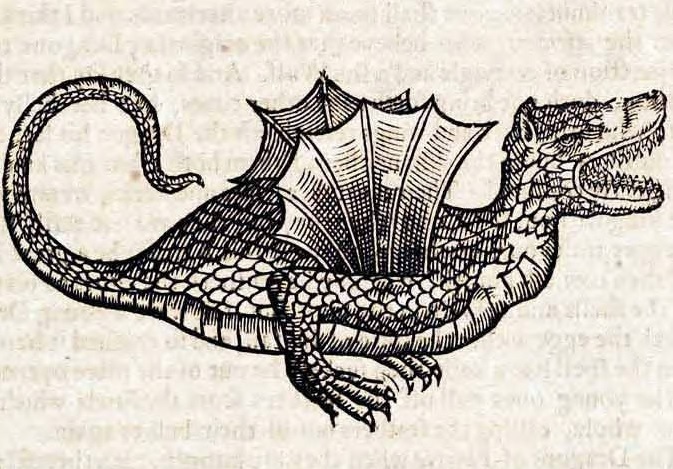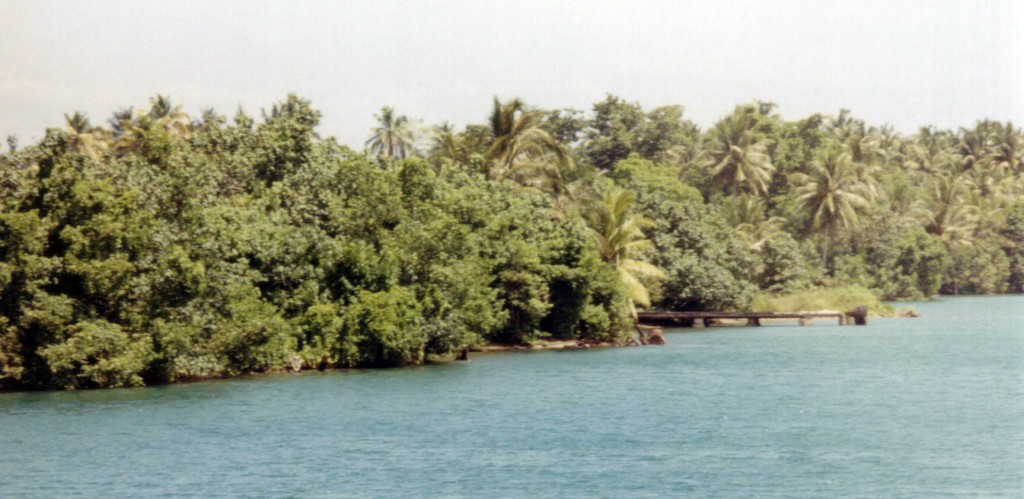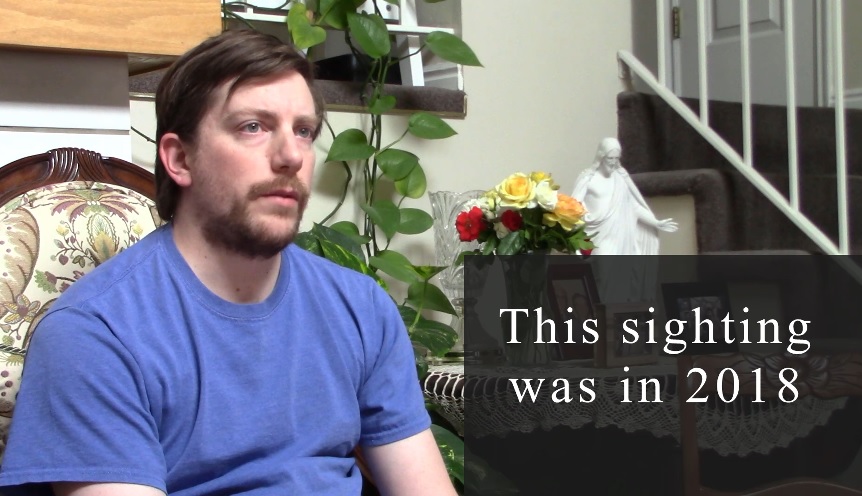By Jonathan Whitcomb
With all the potential of the human mind, we’re still hampered by many cognitive biases. Hardly any adult is free from this kind of weakness in thinking. In fact, the more fervently we would insist we’re immune the more likely we are to fall into at least one of them.
Let’s begin with two reevaluations I’ve recently made regarding my research on eyewitness reports of modern pterosaurs.
.
I reevaluated how many people have seen a “pterodactyl”
In 2019, I wrote the blog post “How many people see living pterodactyls?” Here is a key point, my opinion at that time:
[About] 37,500 Americans have told somebody something to the effect that they saw a flying creature that appeared more like a pterosaur than a bird or a bat . . .
But looking back on the 19 years of my investigation in this branch of cryptozoology, I should have received more emails from eyewitnesses, if more than 20,000 Americans fit the above. I now believe it’s more like this: 15,000 living Americans have reported such an encounter to another person.
Important to note is this: The vast majority of persons who received these shocking reports were not cryptozoologists or paranormal investigators but friends and family members of the eyewitnesses.
.
I reevaluated the general number of modern living pterosaurs
I don’t have a number or a range for how many “pterodactyls” live on this planet or even just in the United States. But I now believe that these flying creatures are rare, not just uncommon. The scarcity of convincing photos and video clips helps make this point.
.
Cognitive biases and living pterosaurs

For some time, I thought that confirmation bias may have been the most significant of the cognitive biases regarding living-pterosaur investigations during the past two or three decades. I was aware of some of the factors of another bias but did not know it had a name: “availability cascade”.
It refers to “a self-reinforcing cycle that explains the development of certain kinds of collective beliefs” (Wikipedia). This explains why so many Westerners react the way they do when they first encounter a report of a person seeing a living “pterodactyl”.
.
Availability cascade
This is a self-reinforcing activity whereby a belief, in people of a culture or community, gains more and more popularity through repetition. How does this relate to sightings of apparent living pterosaurs in the United States? It’s in extinction indoctrination.
Of all the various types of cognitive biases, availability cascade now seems to have had the greatest negative influence on American thinking, regarding modern pterosaurs, from around the late 19th century to the present.
Critics of these investigations in cryptozoology seem to constantly fall into the availability cascade bias constantly without knowing it. Even before the beginning of the 19th century, when Benjamin Franklin was still living, the idea of pterosaur extinction was hatched. The problem grew throughout that century and was amplified during the 20th century.
Fortunately, the news about pterosaur sightings has been presented to the public since the beginning of the 21st century, because of the internet. On the downside, attacks against the investigations have also increased.
The truth, however, will prevail in the end.
.
###
.
Confirmation bias and living pterosaurs
As an adult, you have preexisting assumptions on various matters. We all do. When we encounter a new idea seemingly related to something we already have an opinion on, we might fall into a confirmation bias.
.
How many persons have seen a living pterosaur?
Some years ago, I estimated the total number of persons living worldwide who had some kind of encounter with a living pterosaur, yet we need to keep in mind that most of those persons had just vague encounters at night, with no clear view of any form or features of the animals: between 7 million and 128 million humans who had mostly brief shadowy encounters.
.
How did scientists miss living pterosaurs? Get the answers here, hidden secrets about how these amazing flying creatures of the night have gone mostly unreported . . . [book about modern pterodactyls]
.
Why do these biases happen? Attention is a limited resource. This means we can’t possibly evaluate every possible detail and event when forming thoughts and opinions.
.
Press release on living pterosaurs
“Two eyewitnesses of strange flying creatures in North America were college professors: One had taught biology; the other, aeronautics. I concluded that each of those two men had, more likely than not, witnessed a flying creature unlike any known bird or bat.“
.
For almost any person who reads the CWP online page, it would seem obvious: Ptp came from that episode of Feakylinks in the year 2000. . . . Yet here is the real point: NOBODY can get the entire image of Ptp from the episode Coelacanth This!, yet on the internet you can find complete images of Ptp . . .
.
Late in 2006, Garth Guessman, a living-pterosaur investigator, interviewed three Americans who had worked in or visited a medical mission in Central New Britain Island, Papua New Guinea. The three had separate sightings of what may be Pterodactyloids (short-tailed pterosaurs).
.
[Are Biblical creationists biased regarding these apparent living pterosaurs?] Some . . . assume that universal pterosaur extinction cannot be successfully challenged and that those who mention eyewitness sightings are misguided in a severe bias. The problem with that position becomes obvious when we examine the eyewitnesses: Few of them are creationists.
.
Bias and pterodactyl sightings
Jonathan Whitcomb confesses that in about 1969 he disbelieved an eyewitness of an apparent “pterodactyl” that a high school student reported had flown up into the mountains north of Altadena and Pasadena, California.
.
Communicate with Jonathan Whitcomb by email.
.







